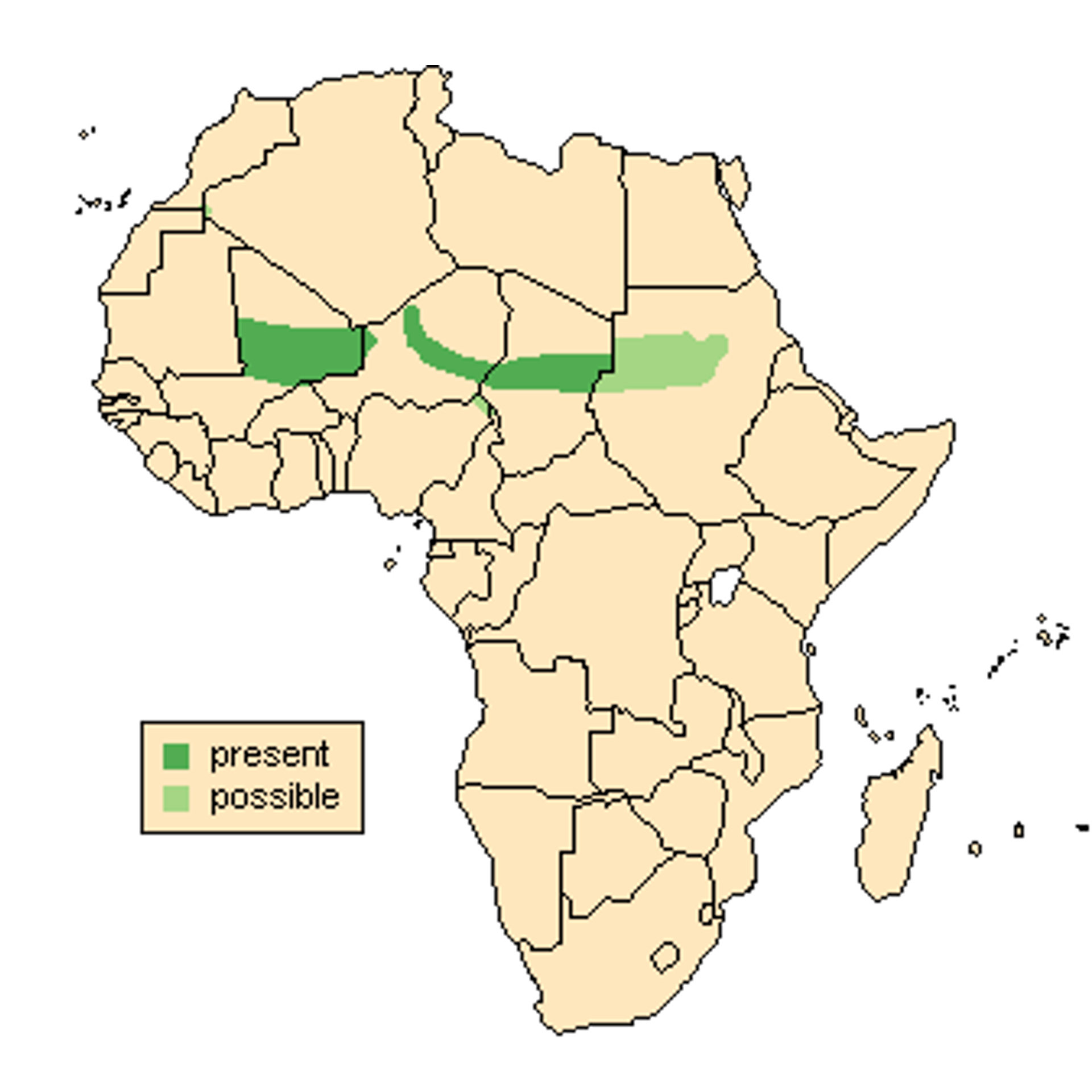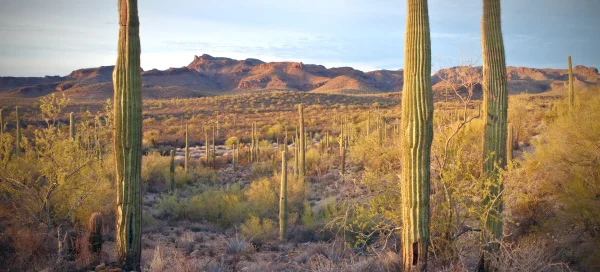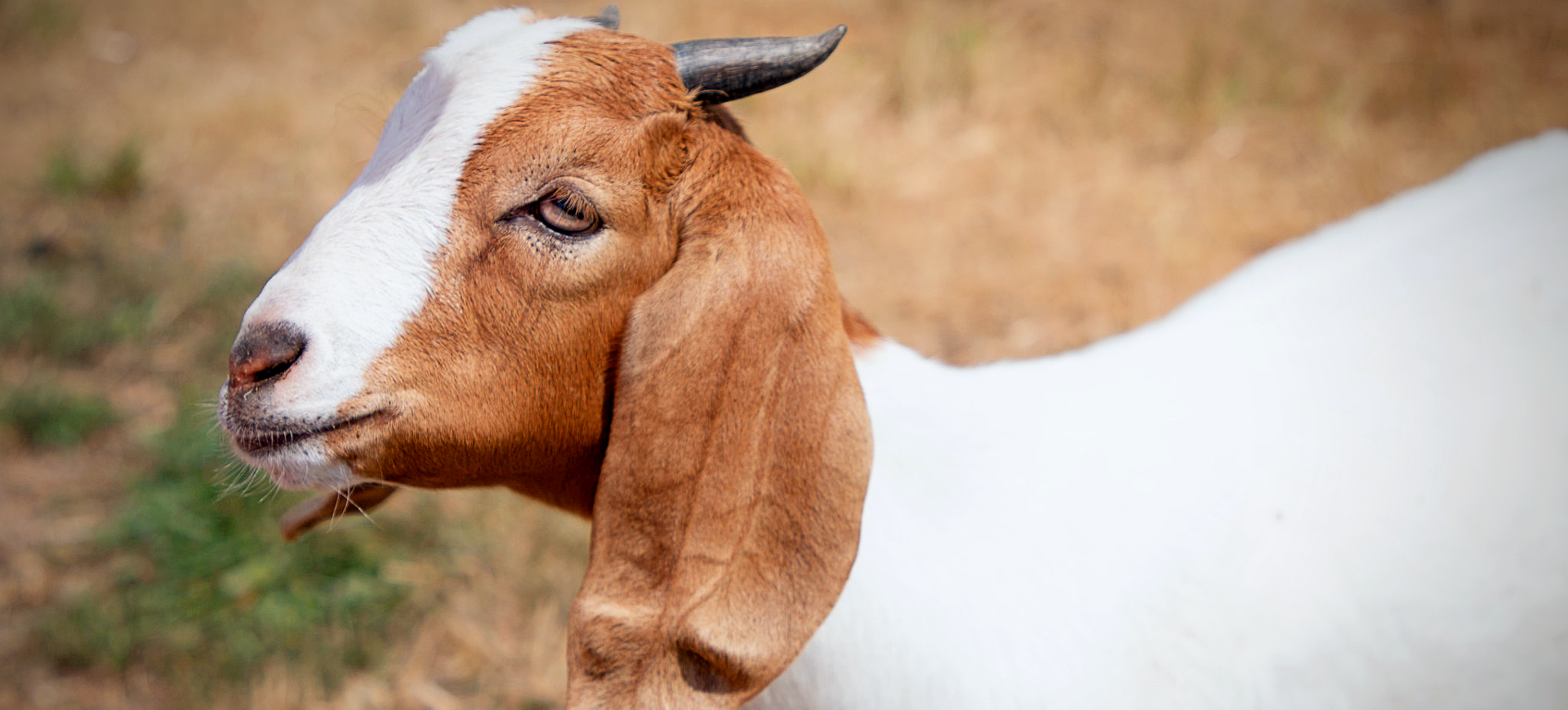Overview
The Addra Gazelle, also known as the Dama Gazelle (Nanger dama ruficollis), is one of the world’s most majestic yet critically endangered gazelle subspecies. Its incredibly long and slender legs, elongated neck, and beautiful contrasting body patterns distinguish it. Its coat is predominantly white, with a reddish-brown coloration along the upper parts of the body, providing a striking contrast that enables it to blend into its desert environment.
Nanger dama is the largest species of gazelle, with its size surpassing all other gazelle species. The animal possesses a deep chest and a small head, accentuated by large, ringed horns that curve backward, then forward. These horns are present in both males and females but are noticeably longer and thicker in males.
Dama gazelles are known for their remarkable adaptability to the arid regions of Africa. Despite their large size, they are very handy and capable of fast, bouncing movements, a trait known as stotting or pronking, which allows them to elude predators.
Taxonomy
Kingdom
Phylum
Class
Order
Family
Genus
Species
Sub Species
Type
Current distribution:
The Addra Gazelle now exists in only a few isolated pockets within its former range. The largest populations can be found in Chad and Niger, while smaller, fragmented populations remain in Mali and Sudan. Unfortunately, their presence in other countries, such as Algeria, Egypt, and Libya, is doubtful due to the lack of recent sighting reports.
The IUCN reports that the wild population of Addra Gazelle has seen a drastic decline in recent decades. The fragmented nature of their remaining habitat poses significant challenges to their survival and makes it difficult for populations to recover from disturbances.
Physical Description:
The Addra Gazelle displays a unique physique among gazelles. It boasts long, slender limbs, an elongated neck, and a small head. Its coloration is a prominent feature, with a predominantly white coat contrasted by a reddish-brown patch along the upper parts of the body. This patch is most distinct in the summer, as the gazelle’s winter coat has a fluffier texture and paler color.
One of the most striking physical traits of the Addra Gazelle is its horns. Both males and females possess these ringed horns, which curve backward and forward. The horns can grow up to 14 inches long in males, while in females, they are smaller and thinner. The creature’s large, dark eyes provide excellent vision, enabling it to detect predators from great distances.

Lifespan: Wild: ~12 Years || Captivity: ~18 Years

Weight: Male: 165-187 lbs (75-85 kg) || Female: 132-154 lbs (60-70 kg)

Length: Male: 59-67 in (150-170 cm) || Female: 53-62 in (135-158 cm)

Height: Male: 40-42 in (102-107 cm) || Female: 36-38 in (91-97 cm)

Top Speed: 50 mph (80 km/h)
Characteristic:
Native Habitat:
The Addra Gazelle is native to the arid regions of the Sahara and the Sahel in Africa. It is well adapted to life in desert and semi-desert conditions, displaying an impressive ability to survive in regions with scarce water resources. These gazelles inhabit areas characterized by sparse grassland, shrubs, and Acacia woodlands.
Historically, the Addra Gazelle’s range was far more extensive, covering much of the Saharan and sub-Saharan regions. However, their range has greatly diminished and fragmented over time due to numerous threats, including habitat loss and hunting.
Climate Zones:
Biomes:
Biogeographical Realms:
Continents:
Diet:
Diet & Feeding Habits:
The Addra Gazelle is primarily a grazer, feeding mostly on leaves, shoots, and fruits from various plant species. It prefers taller grasses and shrubs, which its long neck allows it to reach easily. Despite living in arid environments, the gazelle’s diet provides most of the water it requires, making it capable of going for extended periods without drinking.
The gazelle’s feeding habits vary with the seasons. During the wet season, they consume a wider range of vegetation, while in the dry season, they feed mainly on the leaves and pods of Acacia trees. They are diurnal, feeding primarily in the early morning and late afternoon when temperatures are cooler.
Mating Behavior:
Mating Description:
Addra Gazelles are non-seasonal breeders, meaning they can mate at any time of the year—however, mating activity peaks during plentiful food supply, often after the rainy season. Male gazelles will establish territories, marking them with urine and feces, and court females entering their territory.
The courtship process involves the male following the female closely, performing a series of displays to attract her attention. This includes a “pronking” display, where the male leaps high with an arched back and stiff legs. After a gestation period of around six months, the female will give birth to a single fawn, which she will hide in tall grass for the first few weeks of its life until it is strong enough to join the herd.
Reproduction Season:
Birth Type:
Pregnancy Duration:
Female Name:
Male Name:
Baby Name:
Social Structure Description:
Addra Gazelles live in a fission-fusion social structure, meaning the composition of their groups frequently changes. Groups usually consist of a single adult male with several females and their offspring or groups of the same sex. Males are territorial during the breeding season, marking and defending their territories from rival males.
Their social behavior is characterized by flexibility that allows them to adapt to changing environmental conditions. When resources are plentiful, they tend to form larger groups, but they are more likely to be found in smaller groups or alone in times of scarcity.
Groups:
Conservation Status:
Population Trend:
The wild population of Addra Gazelle has seen a significant decline over the past several decades, with fewer than 500 individuals estimated to remain. This rapid decline is primarily due to habitat loss, overhunting, and competition with livestock for resources. The remaining populations are highly fragmented and scattered across various arid and semi-arid habitats, challenging conservation efforts.
In captivity, the Addra Gazelle has fared slightly better in zoos and breeding programs worldwide. These programs play a critical role in the species’ survival, providing a safety net against extinction and an opportunity for research and education about this critically endangered gazelle.
Population Threats:
The Addra Gazelle faces various threats contributing to its drastic decline in the wild. Habitat loss due to expanding agriculture and desertification, driven by climate change, is a significant issue. Additionally, overhunting for their meat and horns and competition with livestock for grazing resources have further exacerbated the situation.
Other threats include disturbance from human activities, infrastructure development, and disease transmission from domestic animals. The fragmented nature of their remaining habitats makes it difficult for the gazelle populations to recover and increases their vulnerability to these threats.
Conservation Efforts:
Conservation efforts for the Addra Gazelle are multifaceted, focusing on habitat protection, anti-poaching measures, and captive breeding programs. These efforts aim to slow and, ideally, reverse the decline in gazelle populations. Protected areas have been established within the gazelle’s range, and anti-poaching patrols have been implemented in key areas.
Captive breeding programs have also been crucial in conserving the Addra Gazelle. These programs not only help to maintain a genetically diverse population in captivity but also provide potential for reintroduction programs in the future. Additionally, raising awareness about the plight of the Addra Gazelle is a crucial aspect of conservation efforts, encouraging more comprehensive protection measures and sustainable practices in their native habitats.
Additional Resources:
Fun Facts
- Addra Gazelles are the tallest of all gazelle species.
- Despite their large size, they can reach up to 60 mph speeds.
- The gazelle’s diet provides most of the required water, meaning it can survive in desert conditions without drinking for long periods.
- They have a unique ‘pronking’ or ‘stotting’ behavior, where they bounce high into the air with an arched back and stiff legs, used either to deter predators or during courtship displays.
- Both males and females have ringed horns, which are longer and thicker in males.
- The Addra Gazelle can mate at any time of the year, although mating activity tends to peak after the rainy season.
- They live in a fission-fusion society, meaning group compositions frequently change.
- Addra Gazelles have been known to eat fruit, a rarity among gazelle species.
- Males establish territories and use a variety of displays to attract mates.
- Despite their status as critically endangered, the Addra Gazelle is a success story of captive breeding programs, with around 2000 individuals in zoos and breeding programs worldwide.

















































































